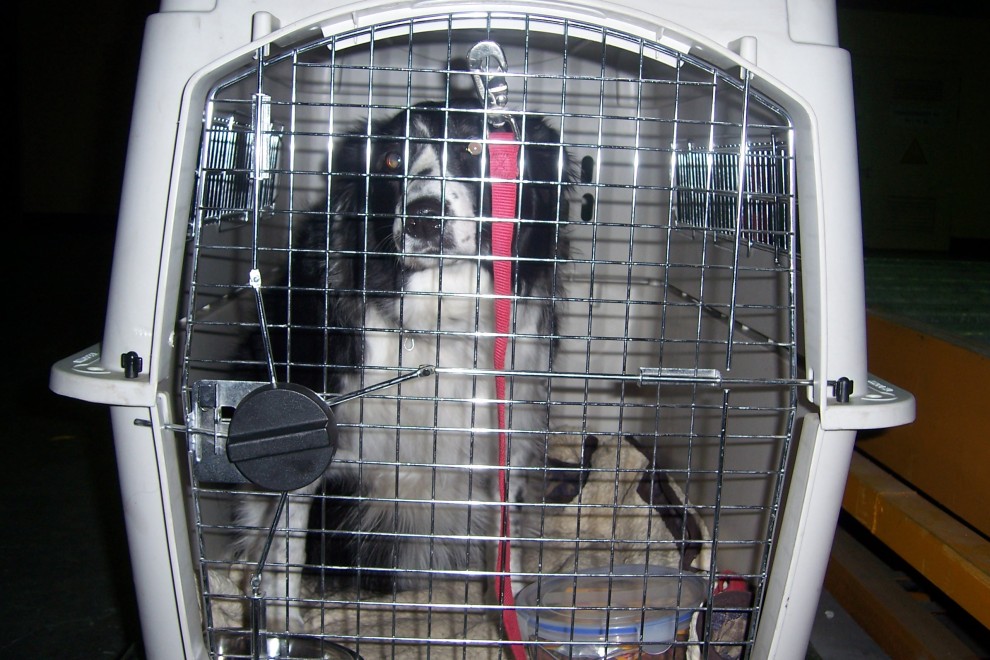Planning to move and relocate your pets by air? While you can hire one of the best pet shipping services to take care of all your logistic-related needs, it is entirely up to you to pencil out a disease prevention plan for your fur-babies. Various forms of canine influenza (H3N9, H3N2) spread from Asia into other countries. You should ask your vet about vaccinating your dog against canine influenza in addition to other routine vaccinations.
Dog Flu: Key Facts
A comparatively new disease, canine influenza, has a Floridian connection. Experts detected the first streak of this flu virus (H3N8 Type A) at a racetrack in Florida in 2004. Researchers believe that the virus has mutated from an equine influenza virus. The state’s racing greyhounds were the first breeds of dogs to contract the disease. It quickly spread across the country and over 34 states have experienced the outbreak, including the District of Columbia. Kennels, doggie day care centers and general animal shelters are a common breeding grounds of this virus.
The H3N2 strain was spread from Asia to Chicago in 2015. In early 2016 vet researchers confirmed dogs with this flu infected cats in a shelter and cat-to-cat spread began.
The virus travels fast via air. Droplets produced from coughing and sneezing are the main carriers of the virus. The disease also spreads via contaminated surfaces, hands and clothing.
Symptoms of Canine Influenza
Most cases of canine influenza are mild with symptoms such as nasal discharge, coughing, and low-grade fever. Lethargy and decreased appetite may accompany these symptoms. Be on alert if the cough persists for several weeks or it leads to more severe symptoms such as high fever and breathing difficulties which can signal pneumonia or other complications such as a secondary bacterial infection. The death rate from canine influenza is about 10 percent, mostly due to severe infections, pneumonia or other complicating infections.
Treatment for Canine Influenza Infection in Dogs
If your dog is showing the symptoms of dog flu, consult your vet. He may recommend laboratory tests to confirm the disease. Treatment for the disease mainly involves keeping him in an isolated place and making sure he remains well hydrated. The vet may prescribe broad-spectrum antibiotics if he diagnoses a secondary bacterial infection.
How to Prevent the Spread of the Disease?
Prevention is always better than cure. Good cleaning and disinfection practices can help keep the disease at bay, but cannot eliminate it altogether from the environment. That is why it is important to vaccinate your dog and ask your vet about vaccinations for both canine flu types. Flu vaccinations become effective about two weeks after the shot. You are definitely not going to keep your dog indoors in the new city. He wants to visit a lot of new places – parks, grooming centers and the like – where he is likely to come in contact with other dogs. Vaccination will protect him against the infection.
Relocation can be extremely stressful, especially if you are relocating with your pet. Professional pet shipping services are there to take care of all your logistic needs. Before you move, there are things you can do to keep your pup in the best of health. Start with a flu shot.



